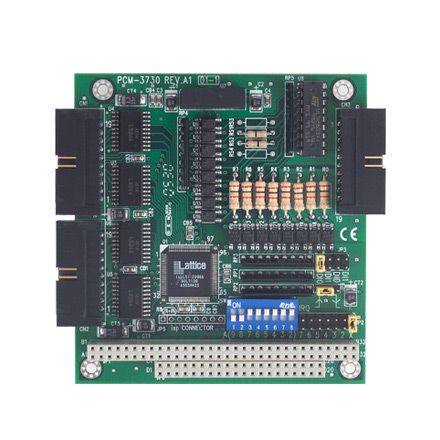

Acid Etched Glass Process A Transformative Technique in Glass Design
Acid etching is a popular and innovative technique used to create intricate designs on glass surfaces. This process involves the application of an acid, typically hydrofluoric acid, to the glass, resulting in a frosted appearance that can vary from subtle to dramatic. The versatility of acid-etched glass makes it an ideal choice for various applications, including architecture, interior design, and decorative art.
Acid Etched Glass Process A Transformative Technique in Glass Design
After the resist is applied, the glass is submerged in a bath of diluted hydrofluoric acid. The duration of exposure to the acid determines the depth of the etch; a longer immersion results in a deeper frost. It is crucial to monitor the process closely to achieve the desired results. Once the proper etching depth is achieved, the glass is removed from the acid bath and rinsed thoroughly to stop the etching process.

Safety precautions are essential when working with acid etching, as hydrofluoric acid is highly corrosive and can cause serious injury. Personal protective equipment, including gloves, goggles, and protective clothing, should always be used. Additionally, working in a well-ventilated area or using a fume hood can help minimize the risks associated with acid handling.
The final product of acid etching is a beautifully textured glass surface that diffuses light and creates a sense of privacy while still allowing light to pass through. Acid-etched glass is commonly used in various applications such as shower enclosures, office partitions, and decorative elements in homes and commercial spaces. Designers appreciate its aesthetic appeal and functionality, as it can add elegance and sophistication to any environment.
In conclusion, the acid etched glass process is a remarkable technique that transforms plain glass into a stunning work of art. With its ability to create unique designs and textures, acid-etched glass is not only a practical solution but also an expressive medium in contemporary design. As technology advances, this process will likely continue to evolve, offering even more creative possibilities for artists and designers alike.